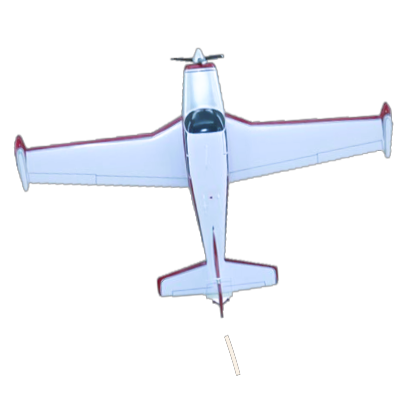Lima – Guayaquil
We are facing one major change. This is the replacement of the aircraft Piper PA-24 Comanche with a Piper Aerostar 600 (now available in MSFS 2024).
This decision was made because full support for the Comanche in the new MSFS is still missing. The Aerostar from A2A Simulations will offer an improved flight experience, and we won’t miss out on aircraft failures and wear and tear, although we will lose our well‑flown airplane that carried us over 27,000 kilometers across three continents.
The Aerostar will also provide a higher cruising speed, slightly accelerating our further journey. In addition, we will feel more confident when crossing seas and oceans thanks to the two engines, and we will also have a slightly higher service ceiling. The aircraft itself is not the most modern, yet it belongs among the fastest piston aircraft in its class. Barry Seal also flew this type of aircraft, using its speed for smuggling Escobar’s cocaine from Colombia to the USA.
Now to the flight itself.
Airport in Lima: Main international hub of Peru, located by the Pacific Ocean
Airport in Guayaquil: The largest airport in Ecuador, gateway to the tropical regions and the Galápagos Islands
Departure: Lima – Peruvian metropolis
Coastal city: Lima is spread along cliffs above the Pacific, often shrouded in the typical coastal mist “garúa.”
Jorge Chávez Airport: Modern terminal, busy operations, views of the ocean and urban districts.
Flight along the coast
Pacific coast: We will fly north along the Peruvian and Ecuadorian coastline – from the cockpit we’ll observe dramatic cliffs, sandy beaches, and fishing towns.
National parks: Over northern Peru we will pass near reserves such as Paracas or Manglares de Tumbes – home to birds, flamingos, and mangroves.
Crossing the Equator: During the flight, we will cross the equator, a symbolic moment in our journey around the world.
Ecuadorian coast: On approach to Guayaquil, we’ll see the delta of the Guayas River, tropical forests, and vast banana plantations.
Destination: Guayaquil – Tropical gateway of Ecuador
Malecón 2000: Modern waterfront with parks, museums, and views of the Guayas River.
Cerro Santa Ana: Colorful hillside district with an iconic lighthouse and panoramic views of the city.
Historic center: Colonial architecture, lively markets, and a tropical atmosphere.
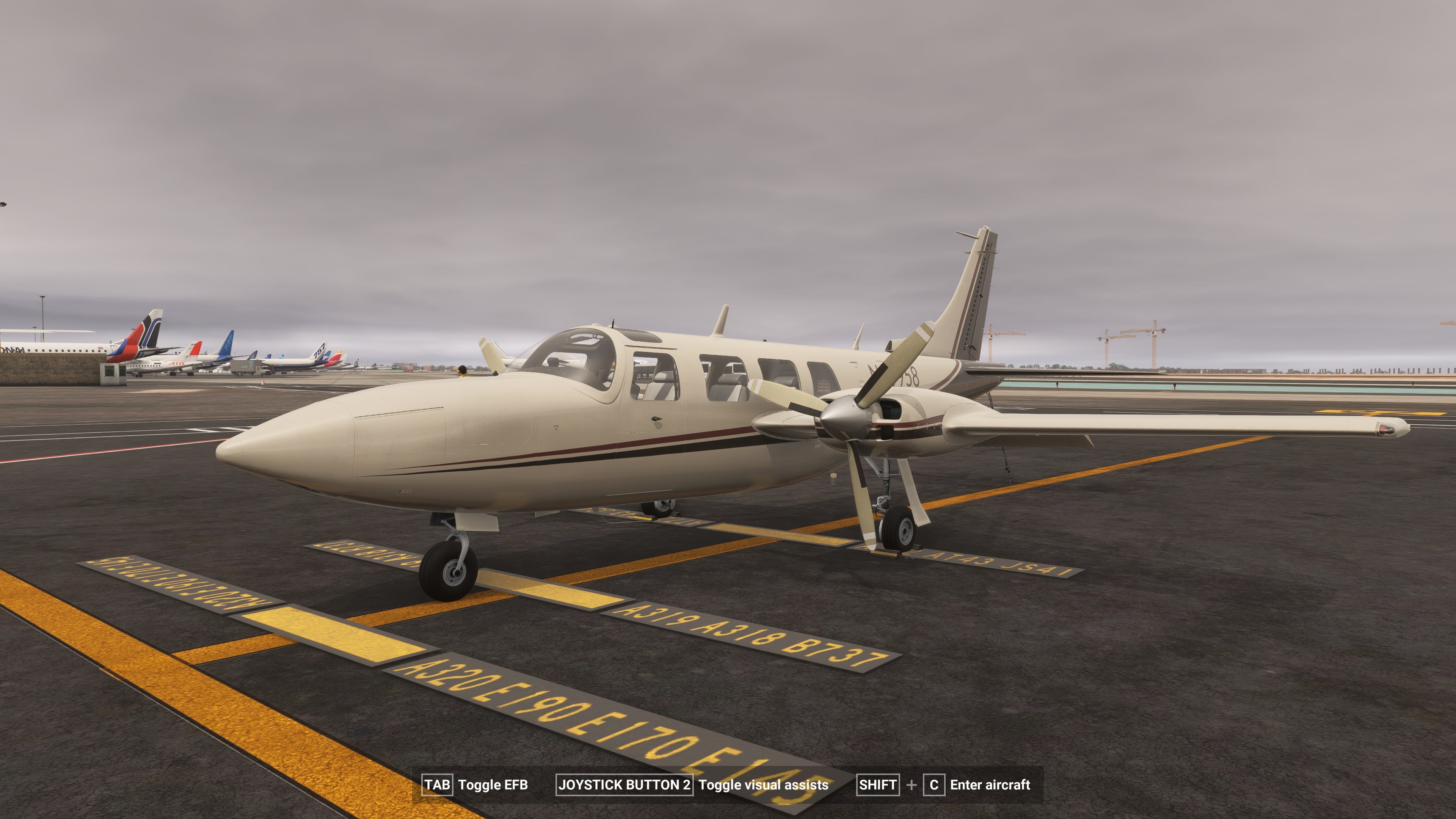
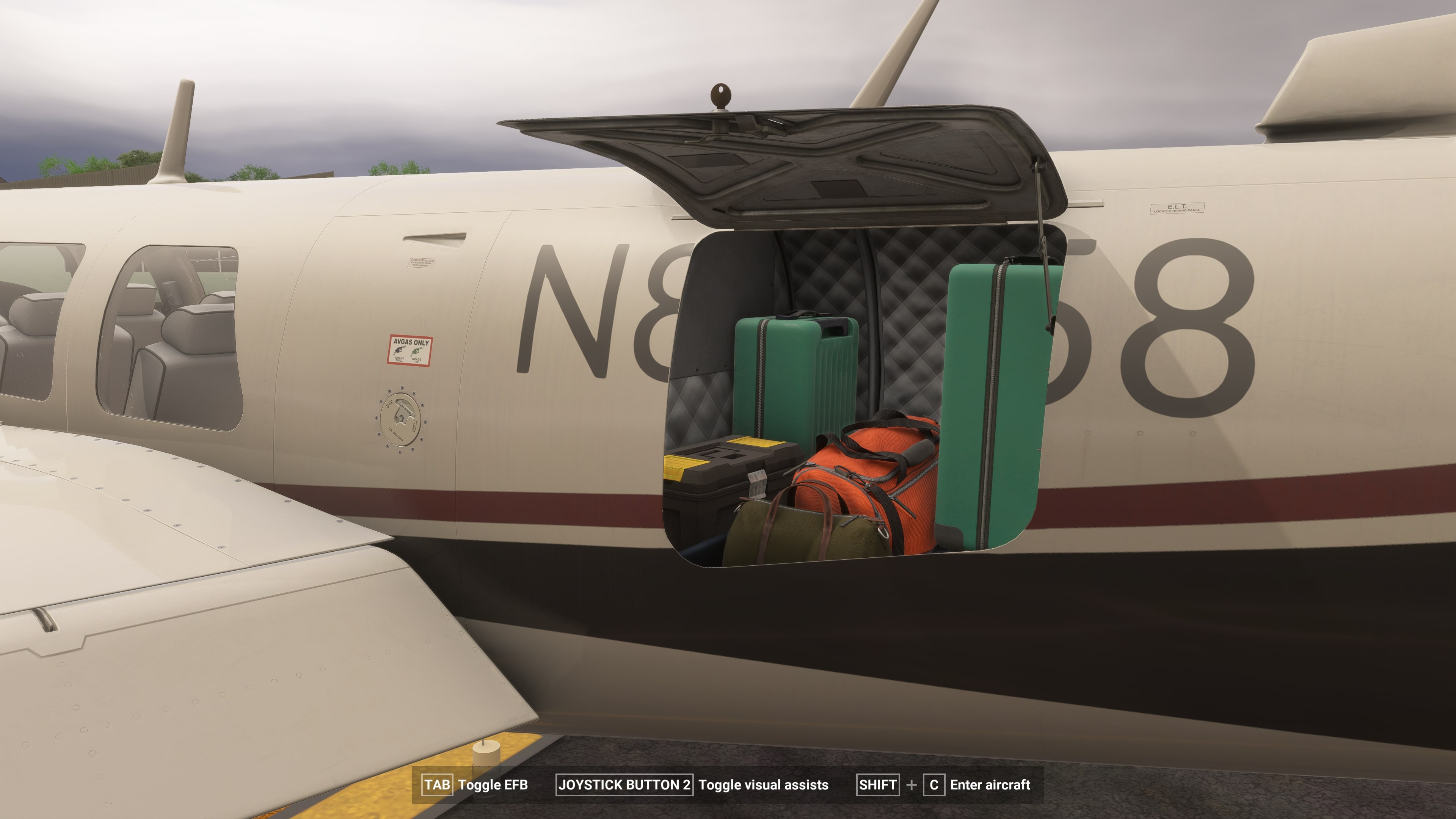
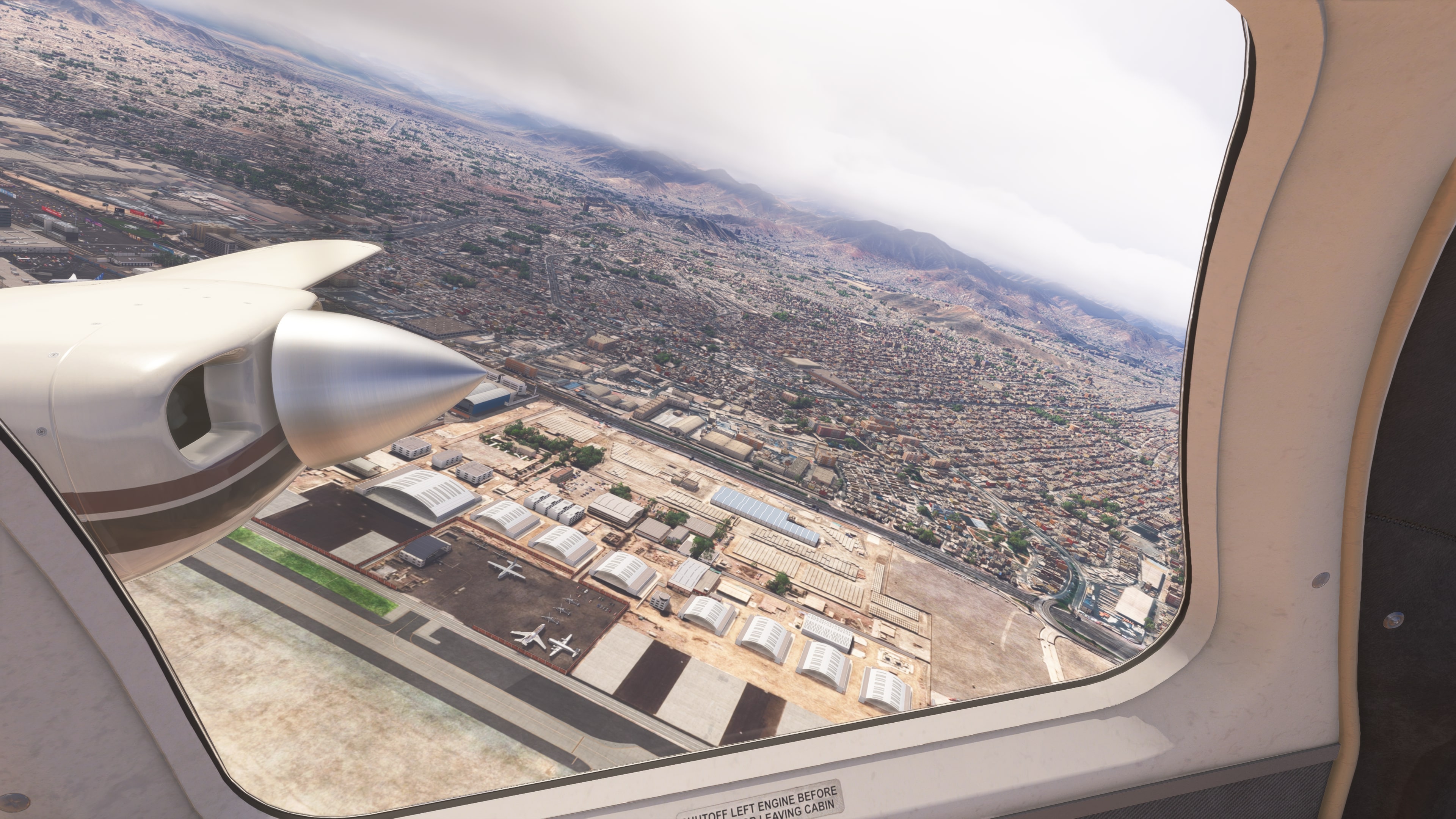
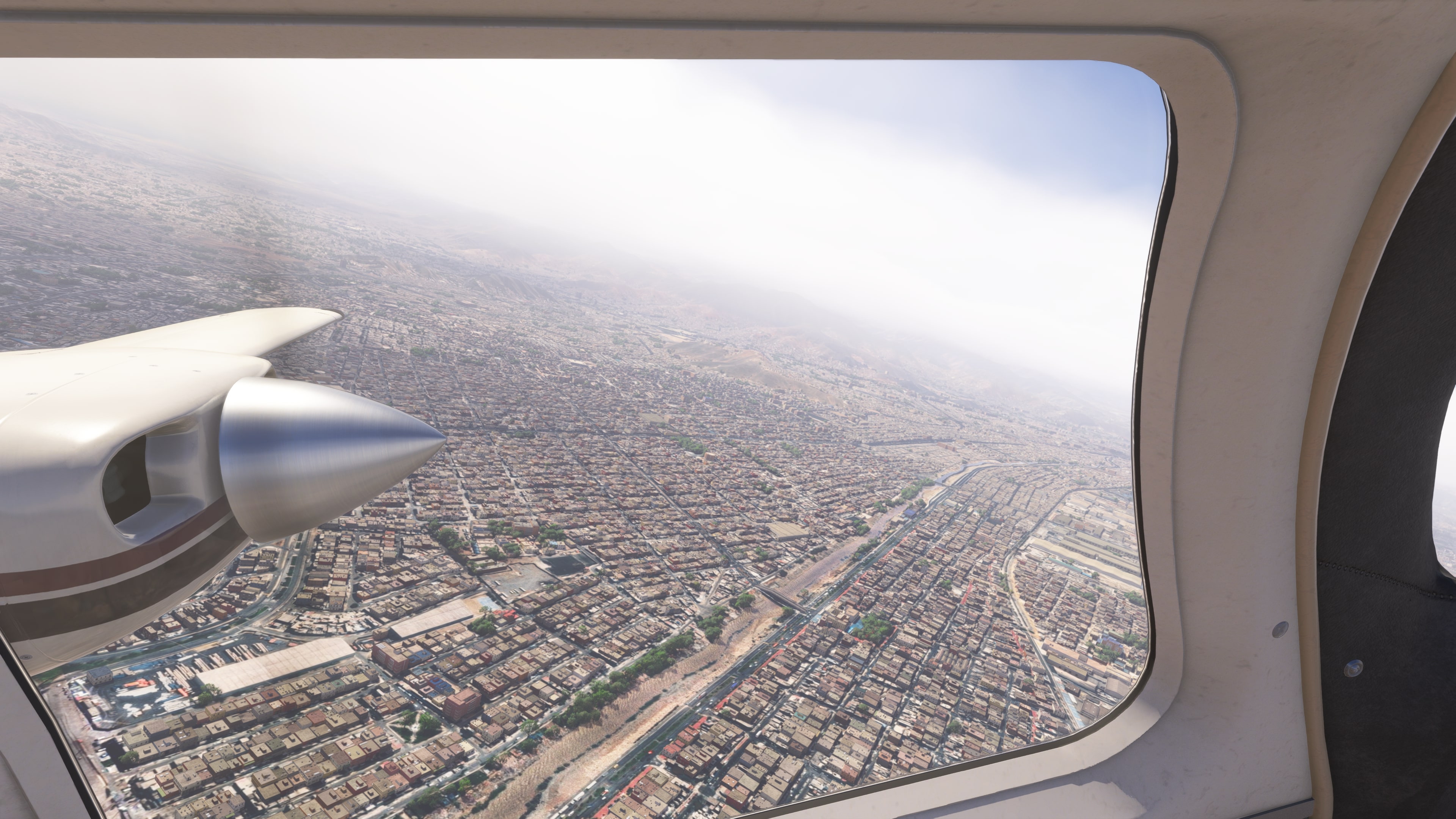
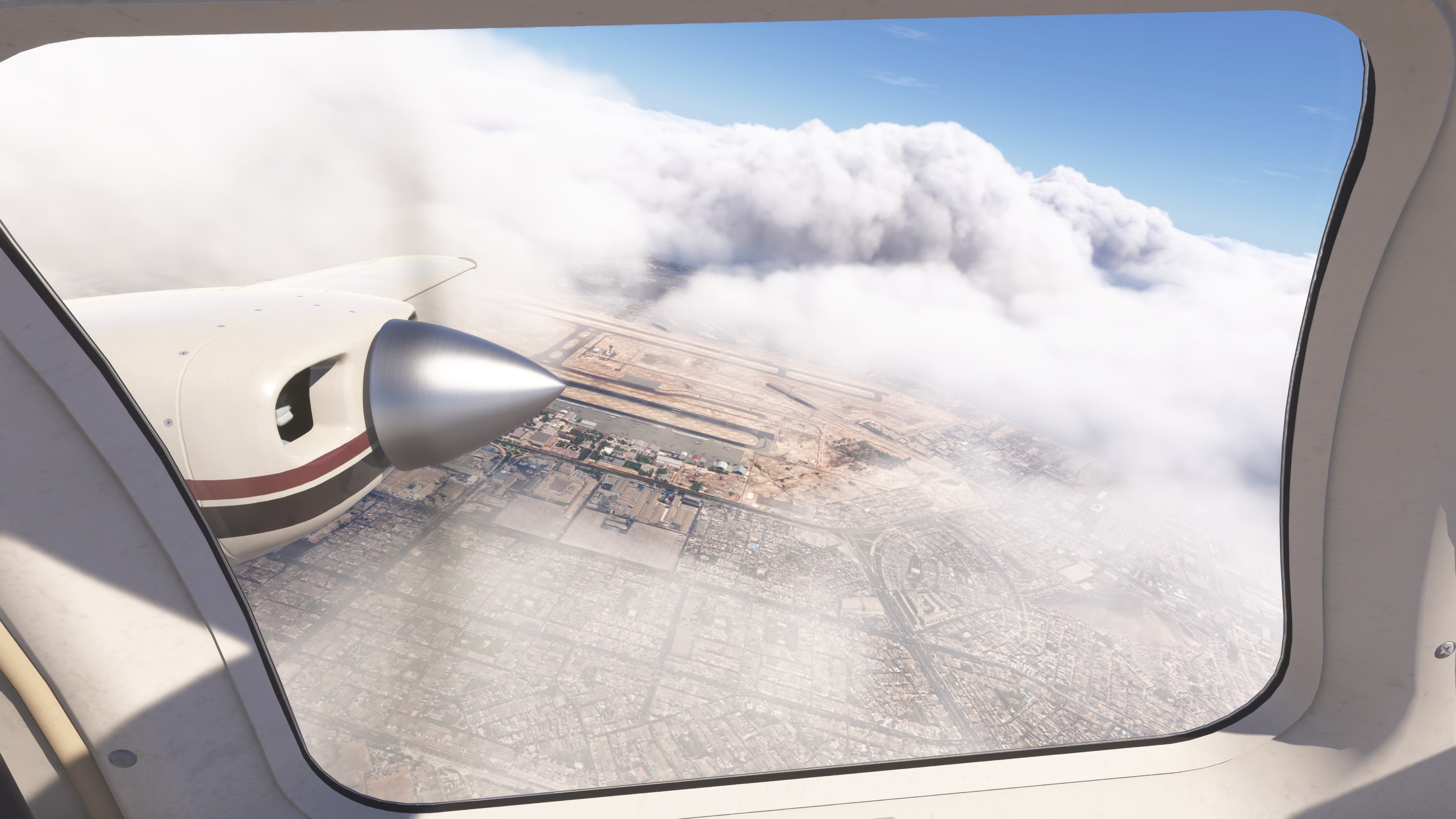

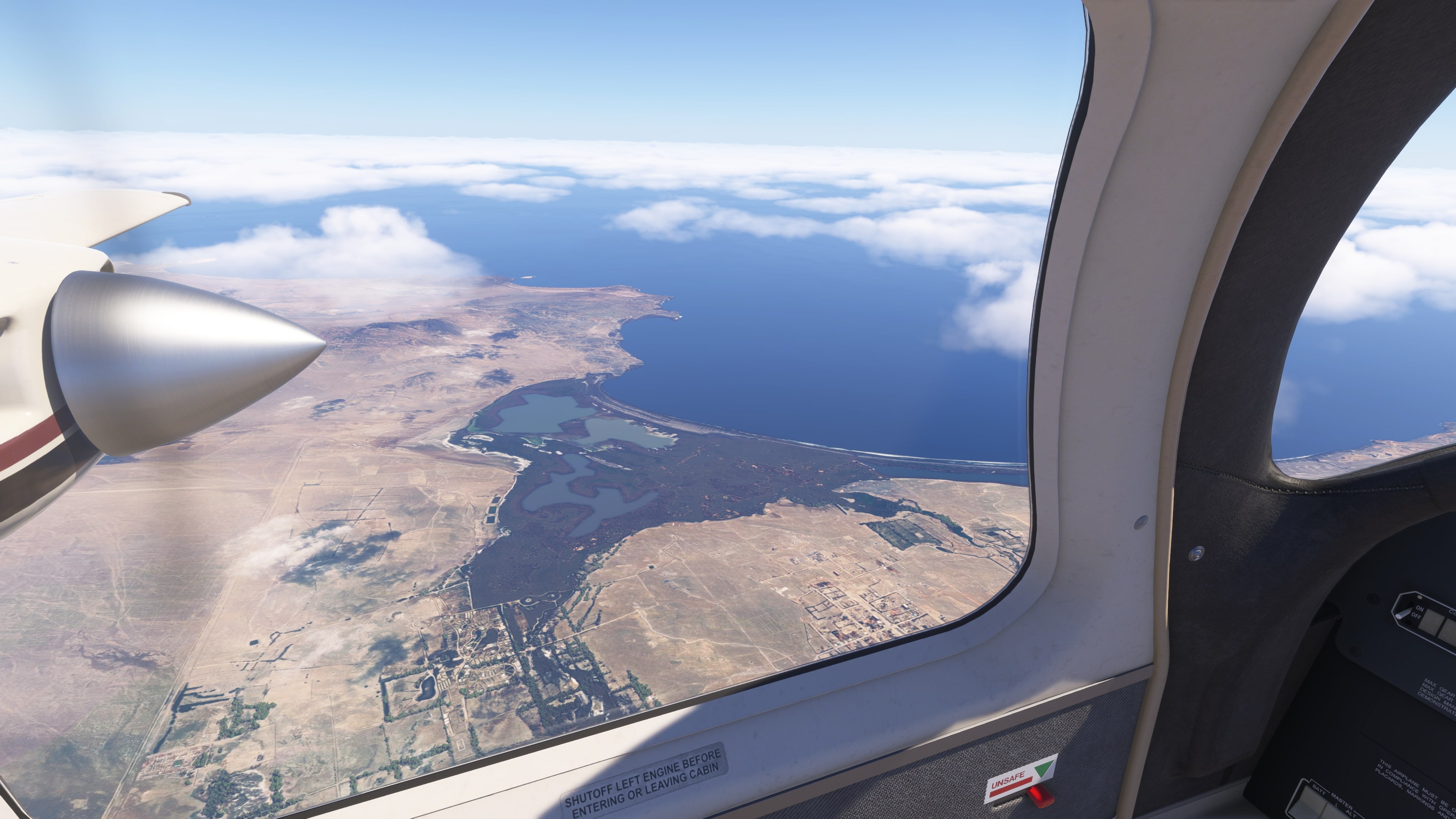
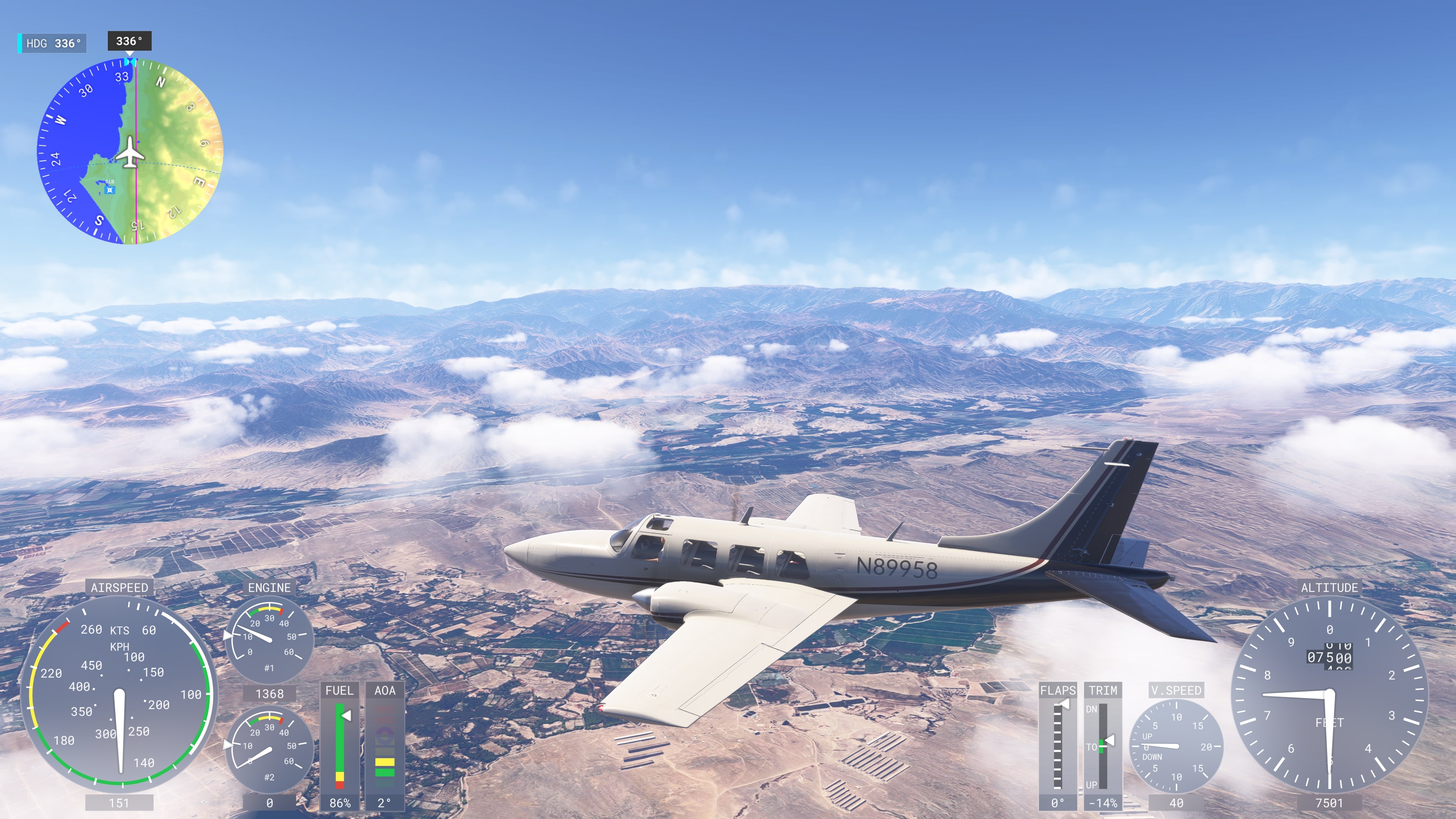
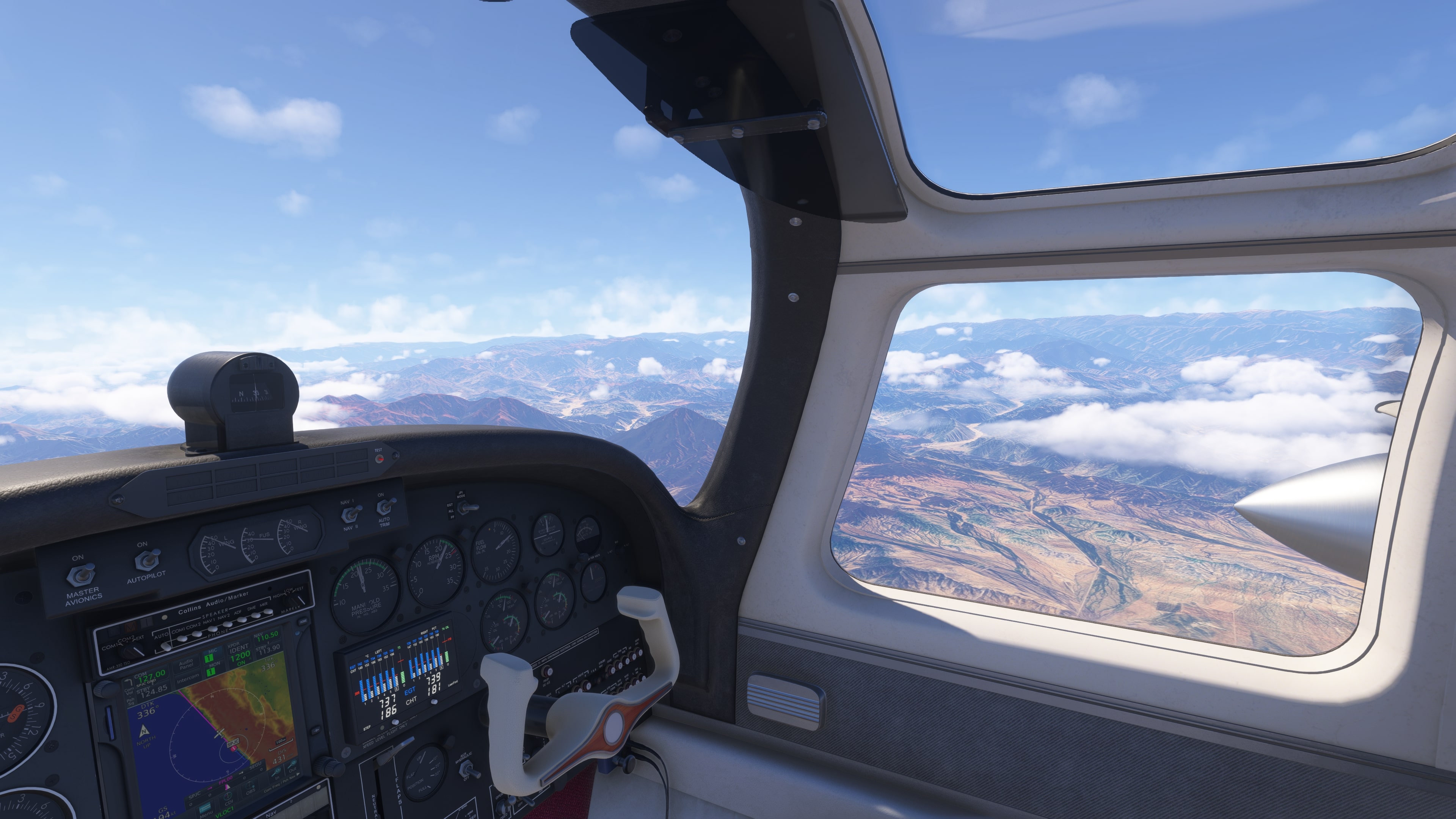
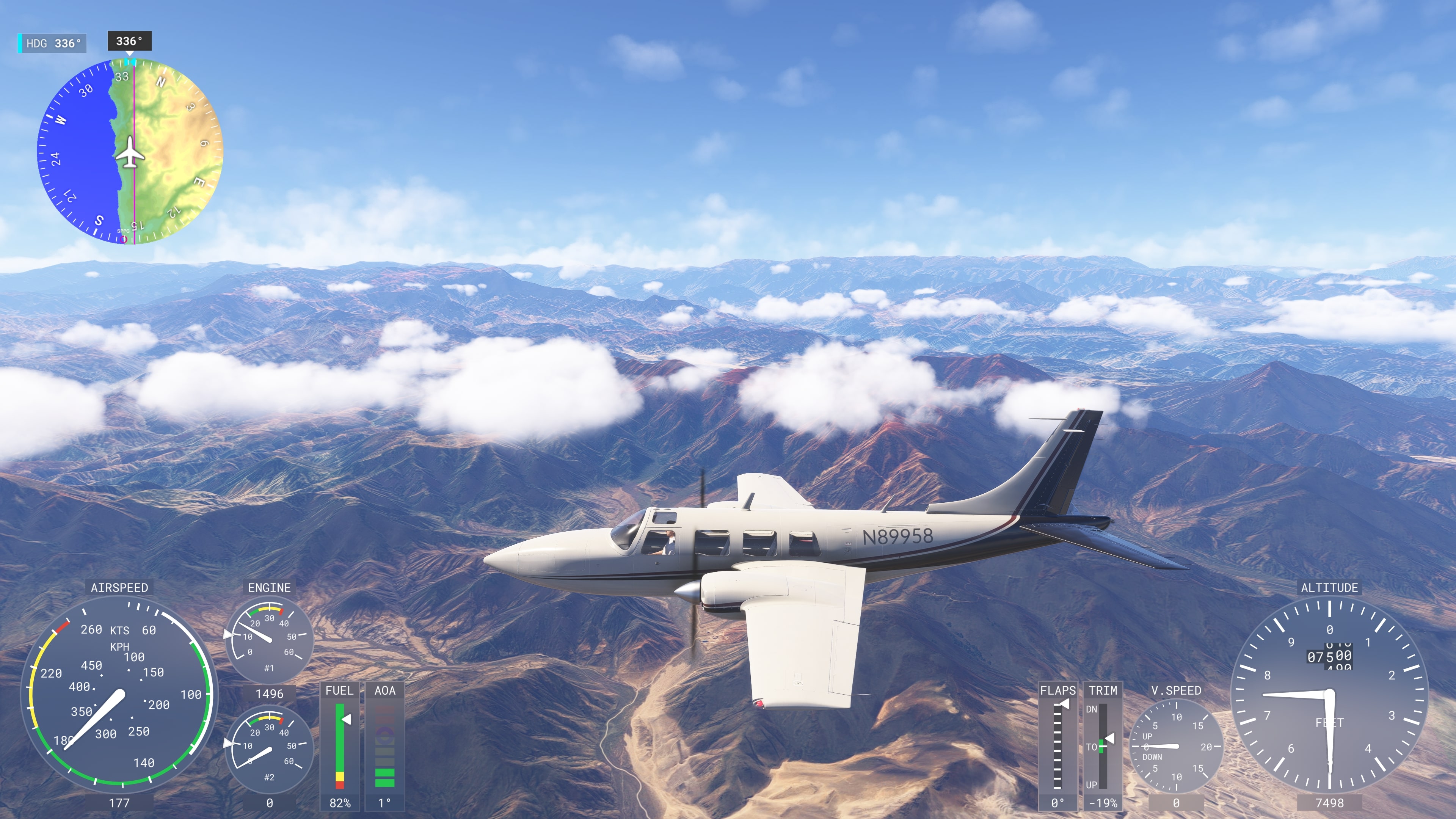
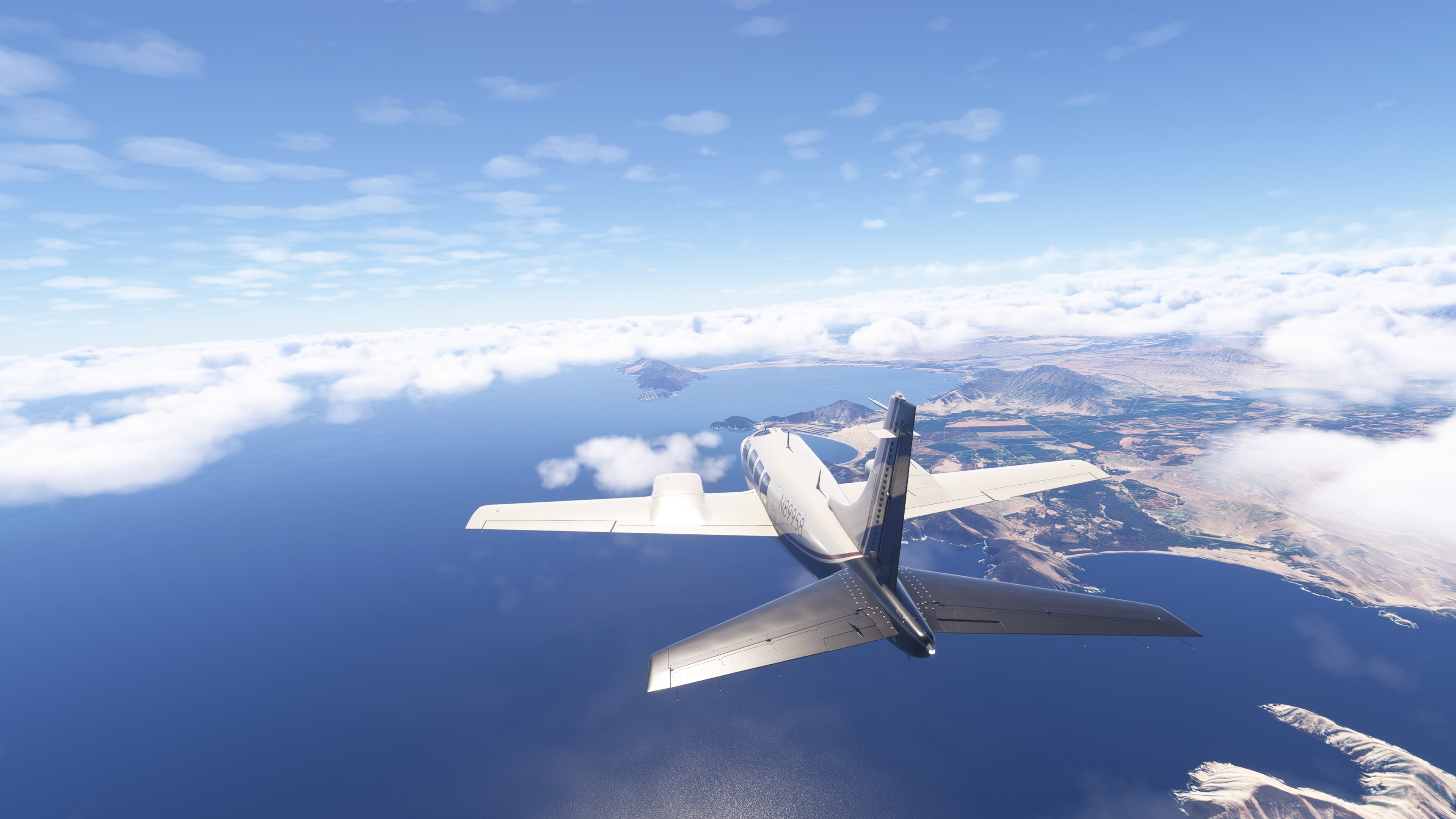
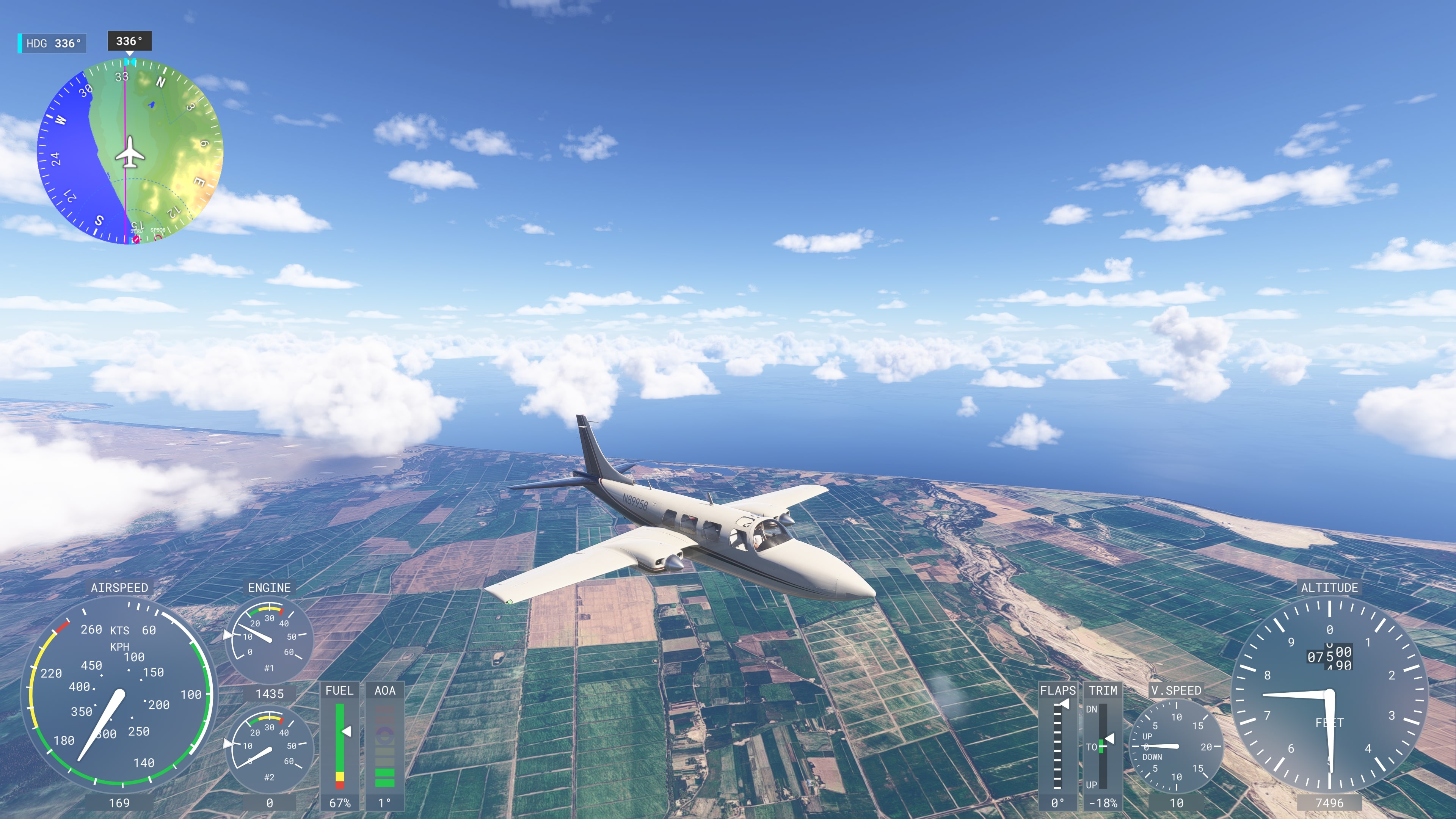
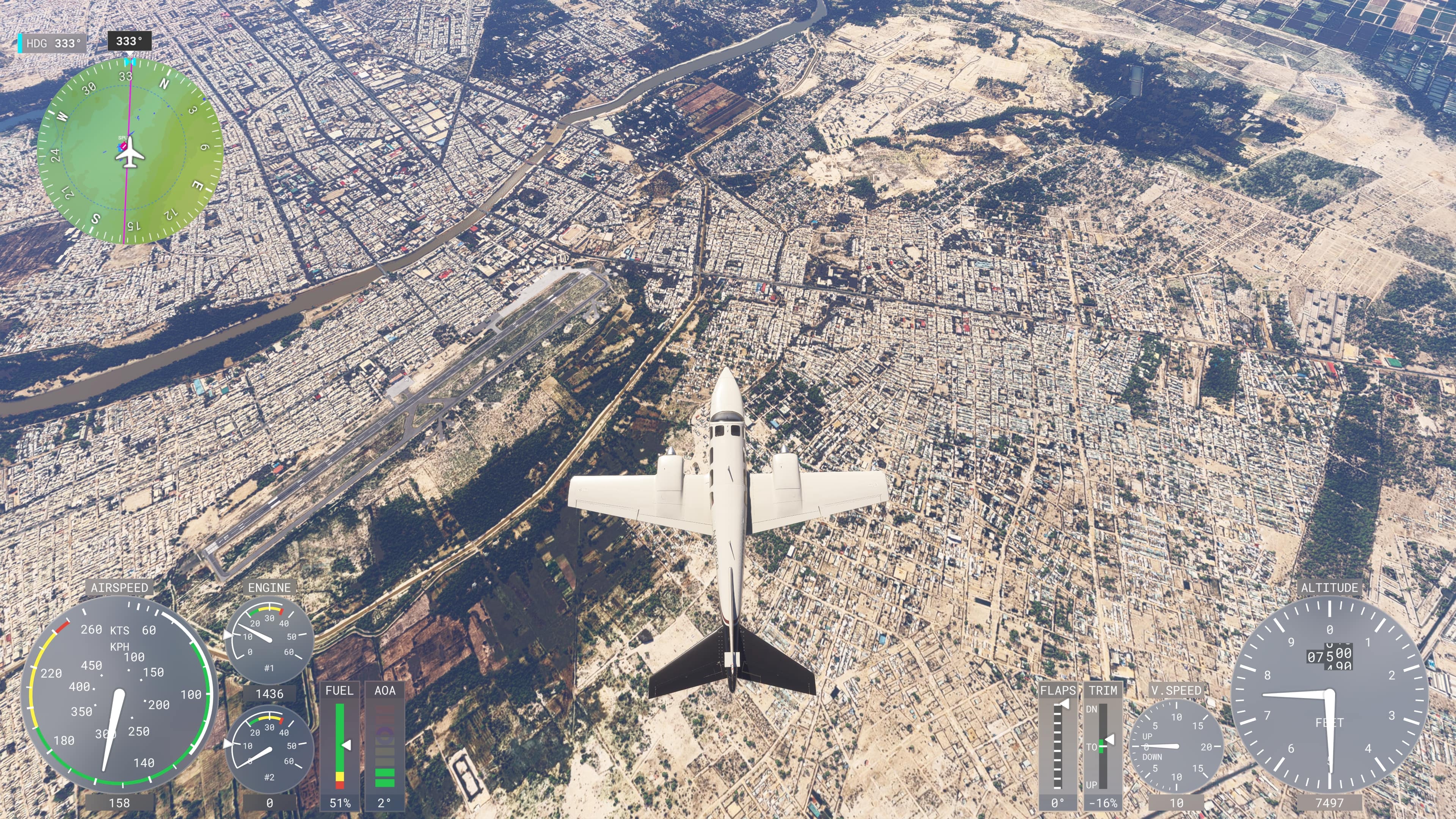
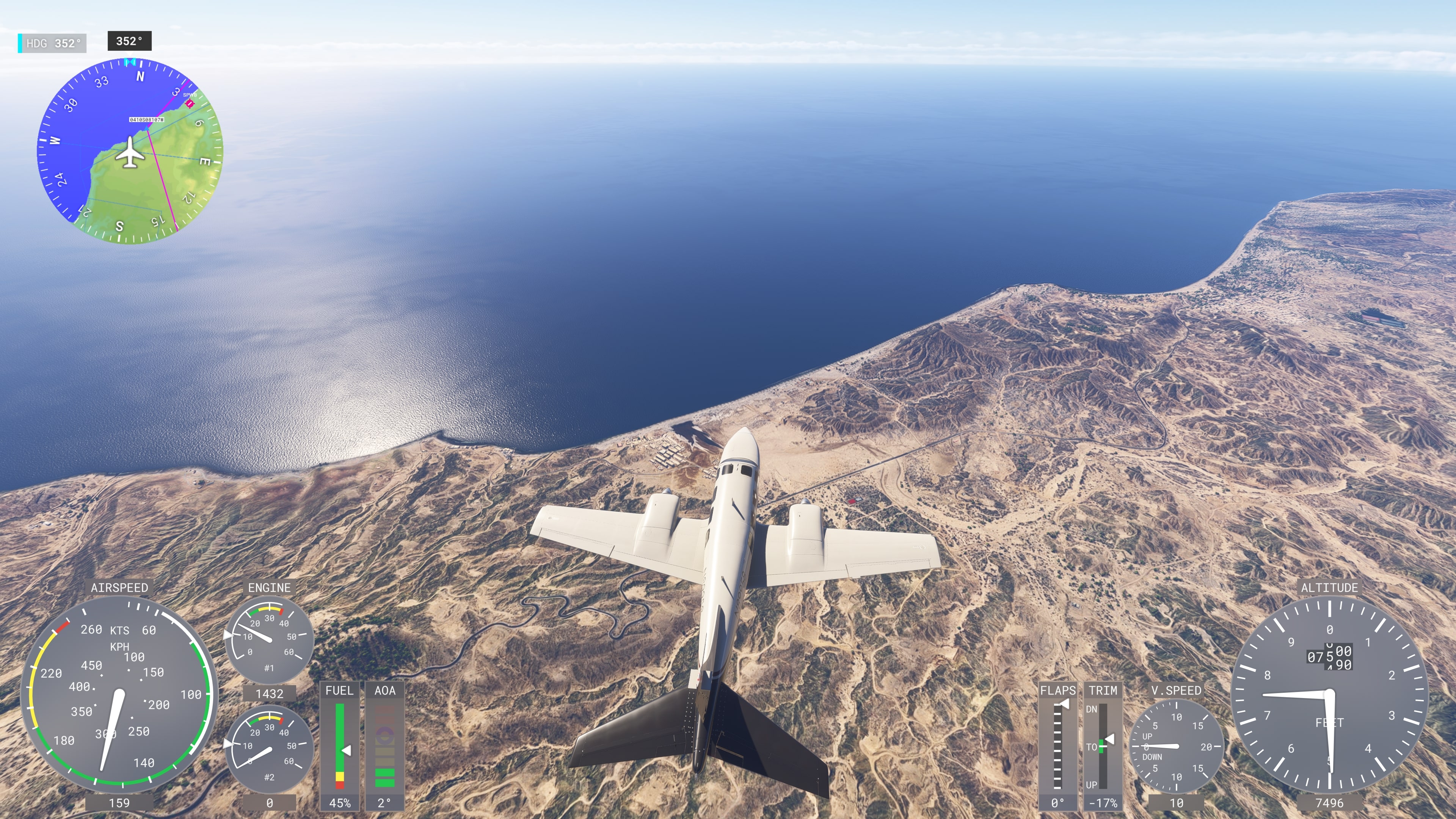
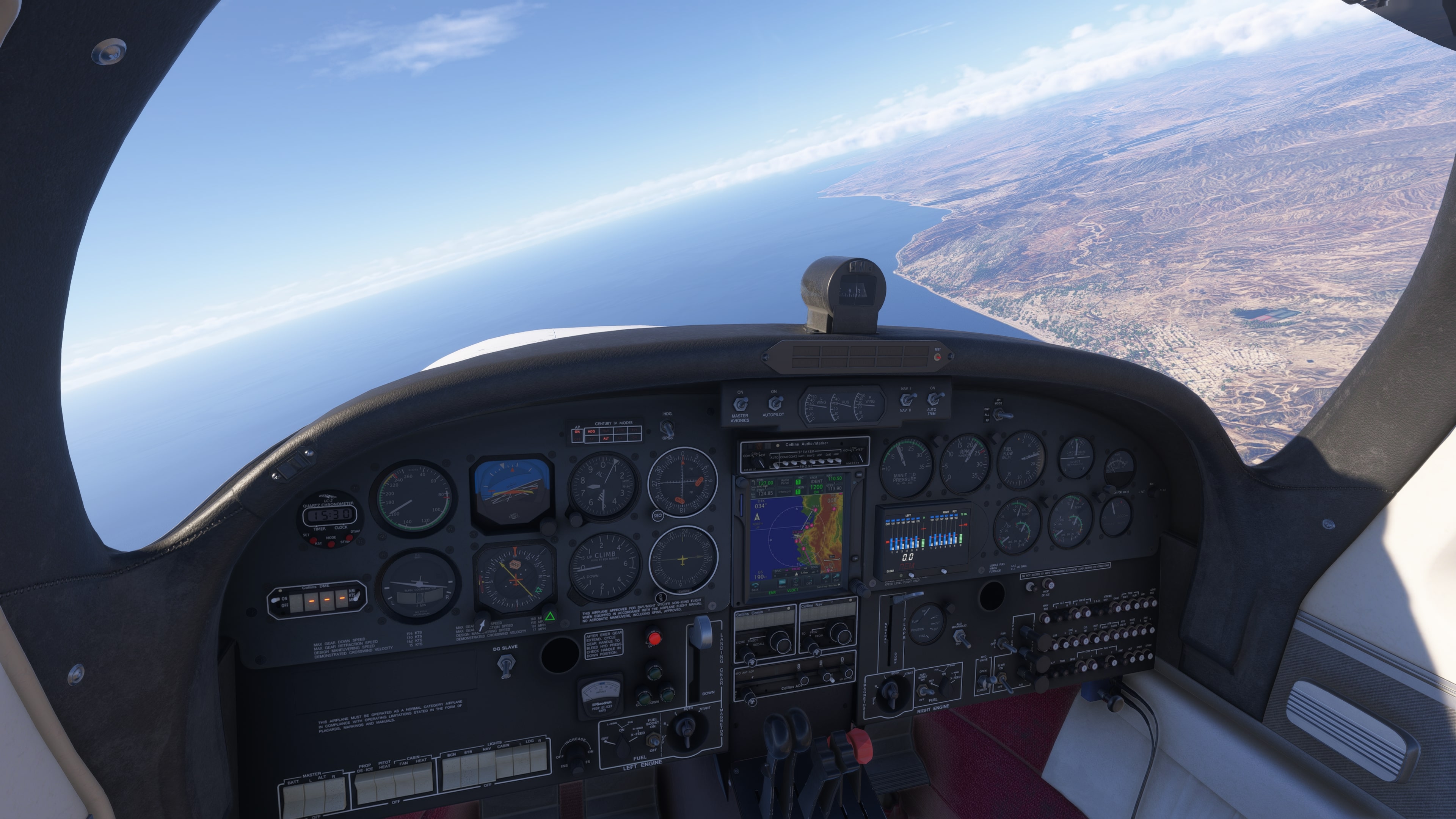


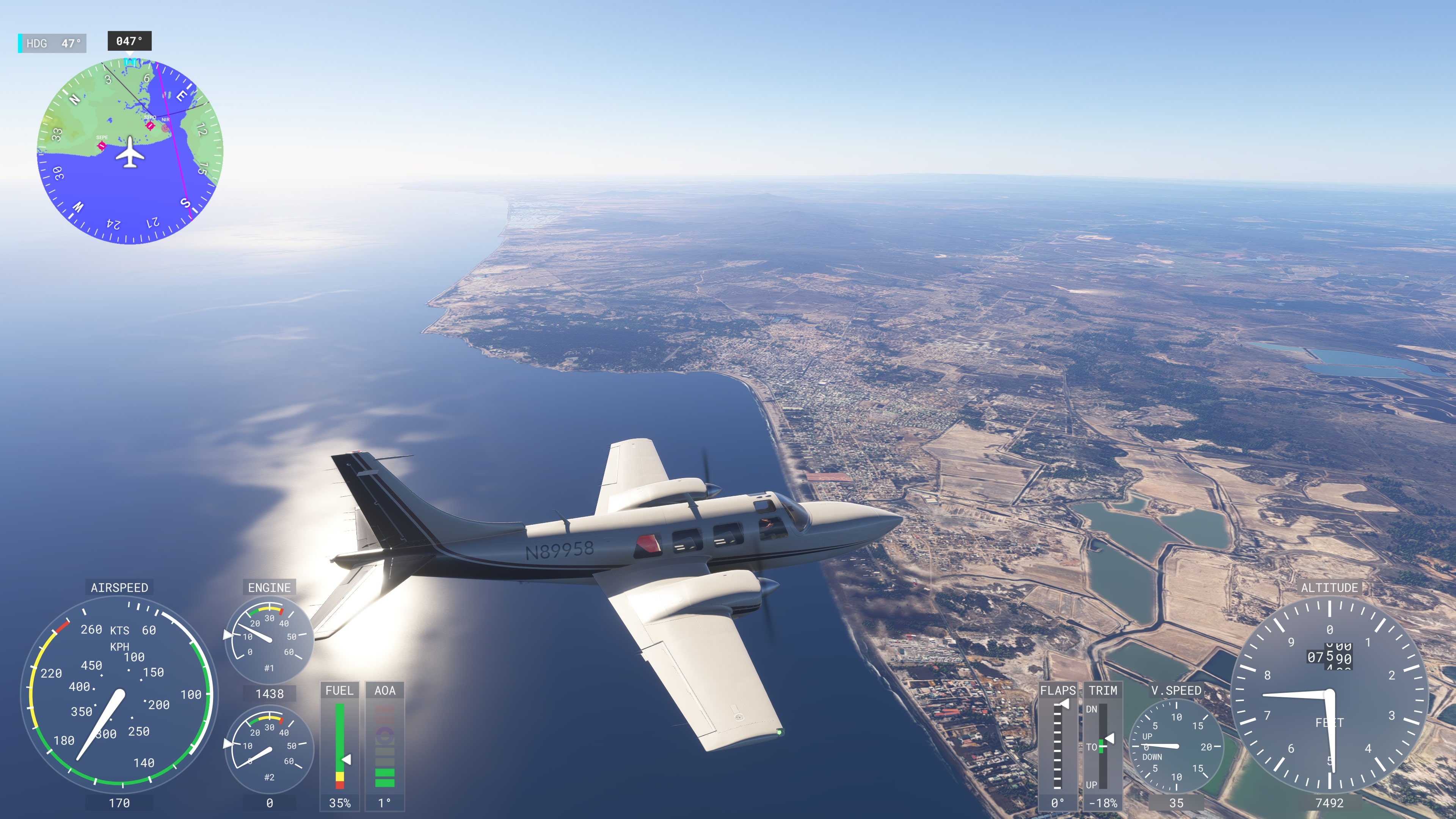

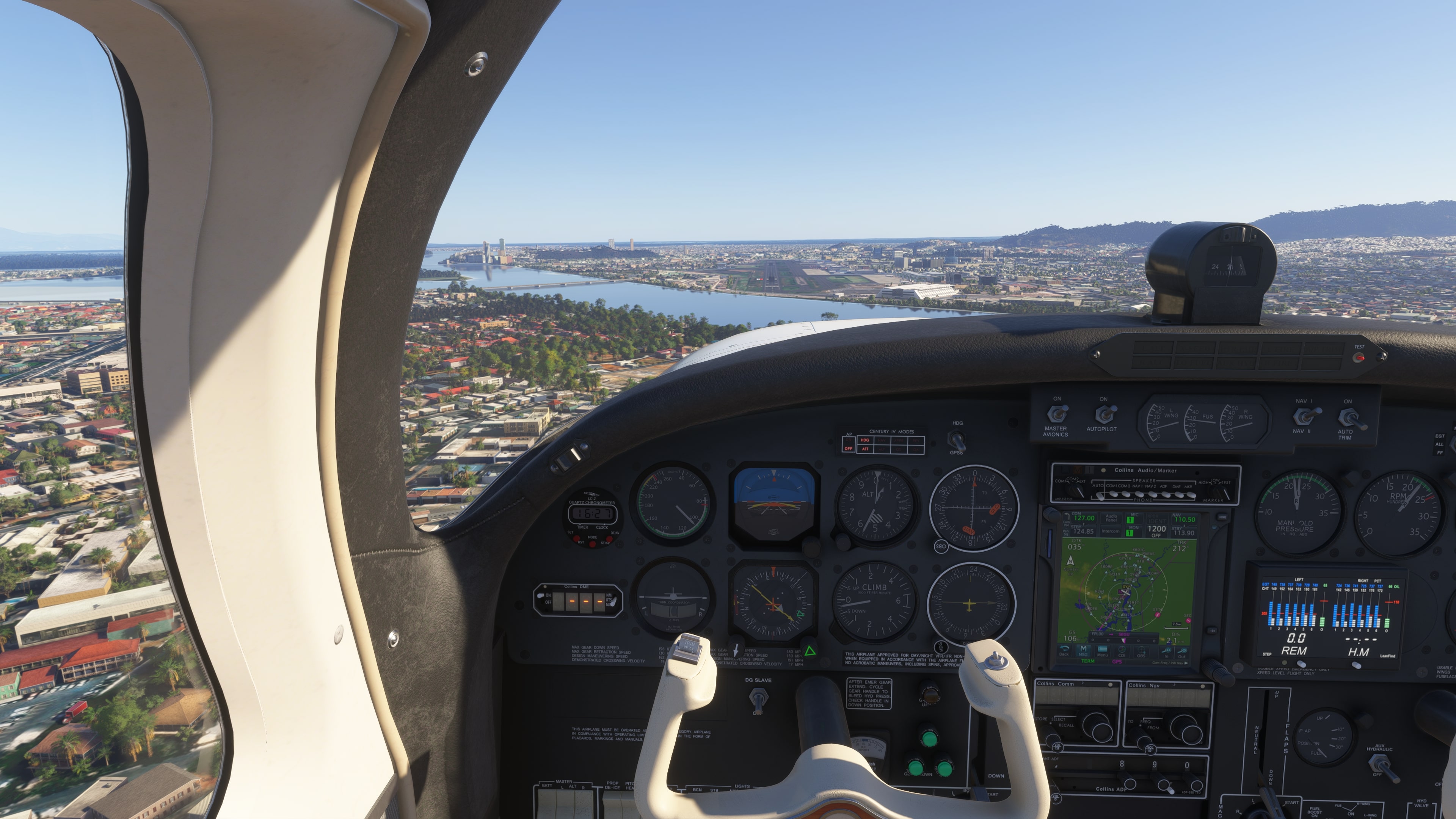
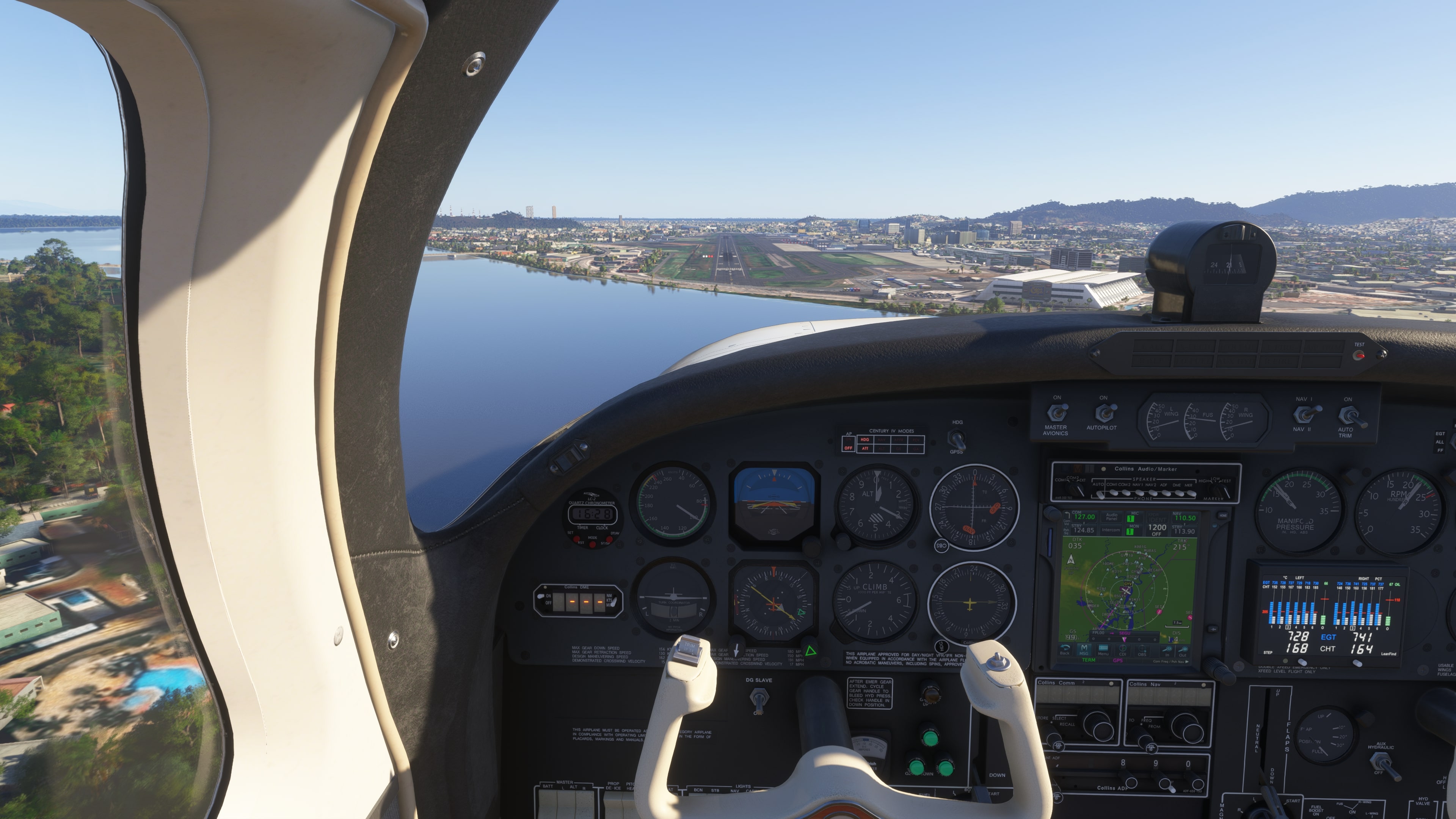
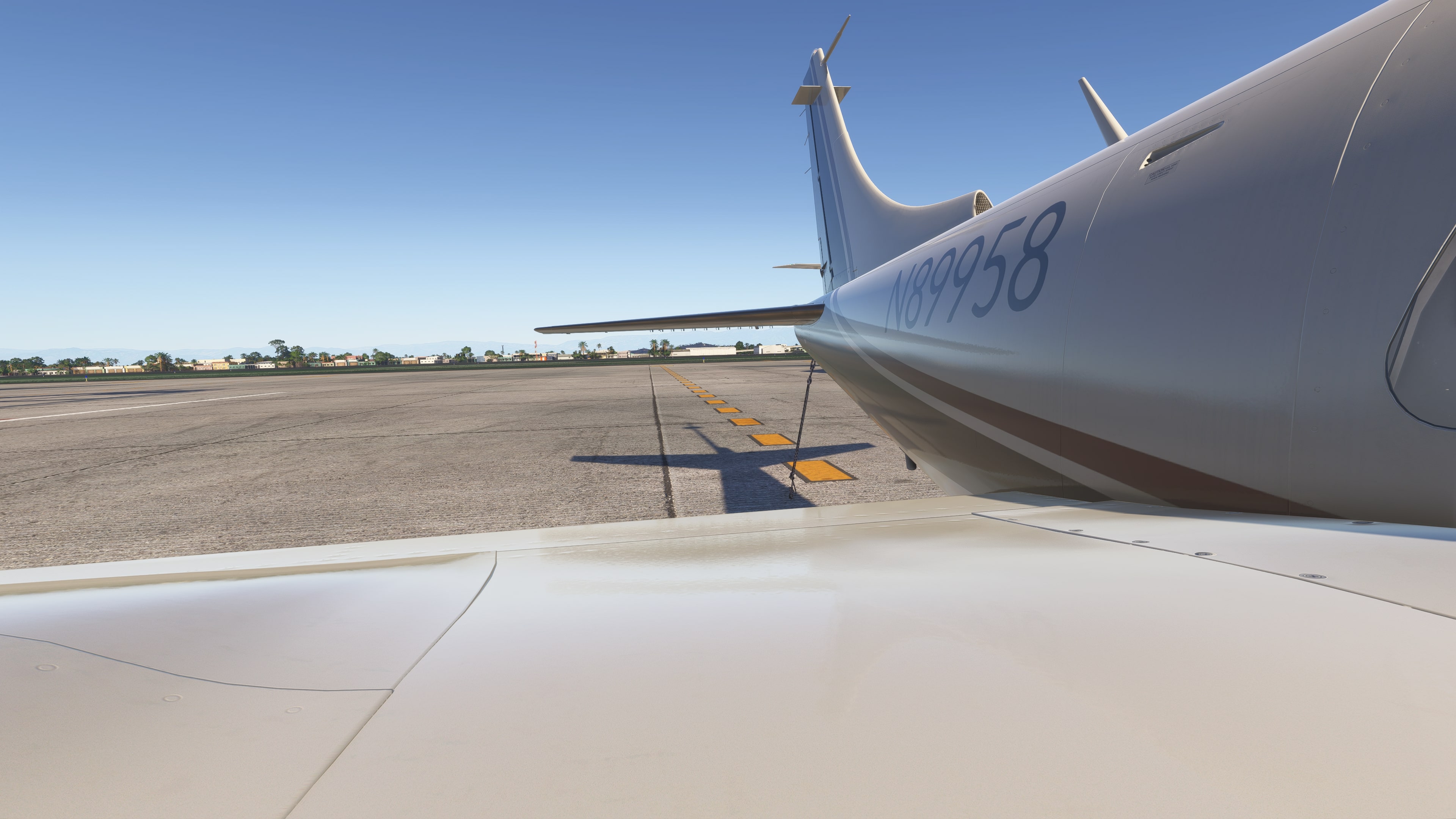
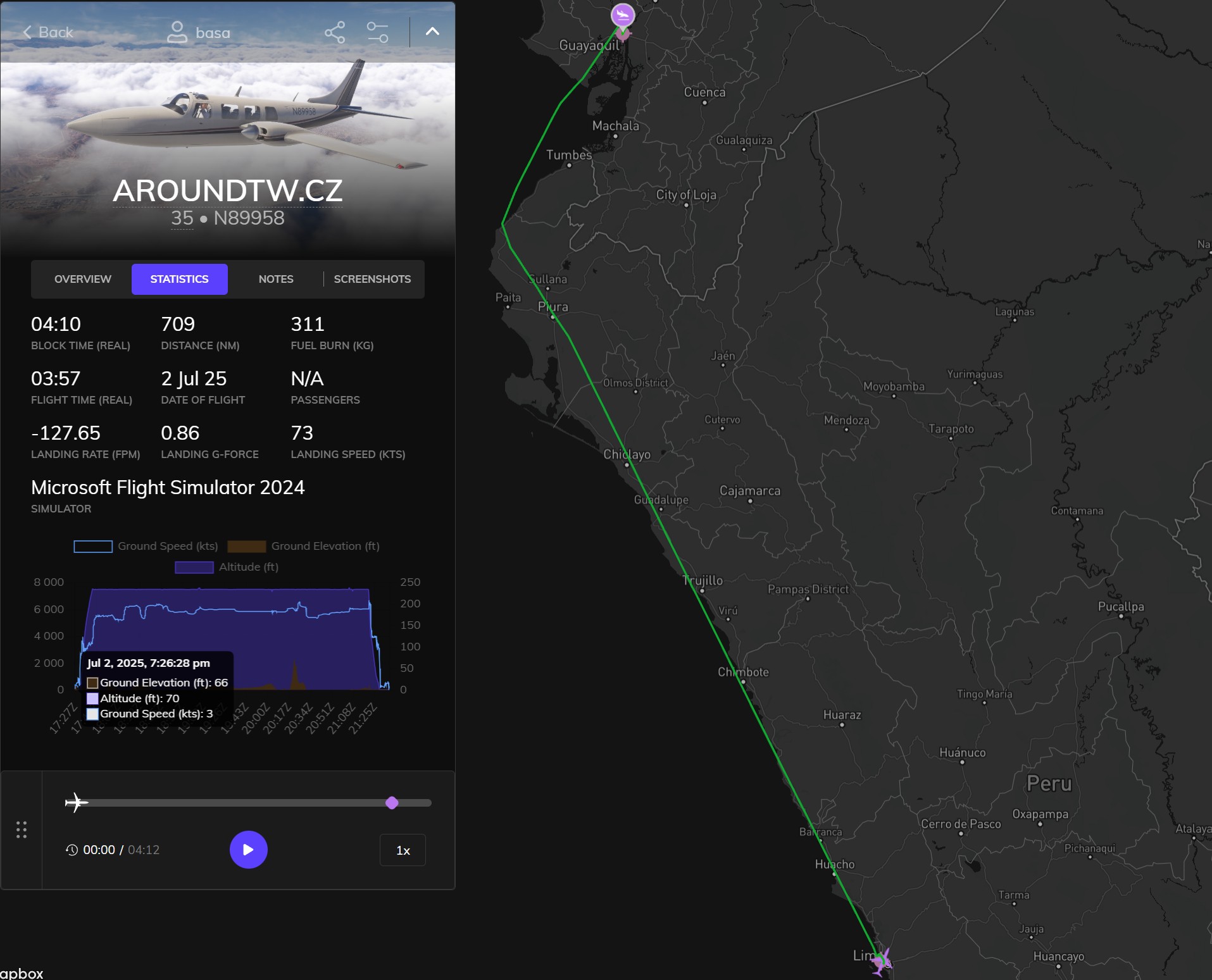
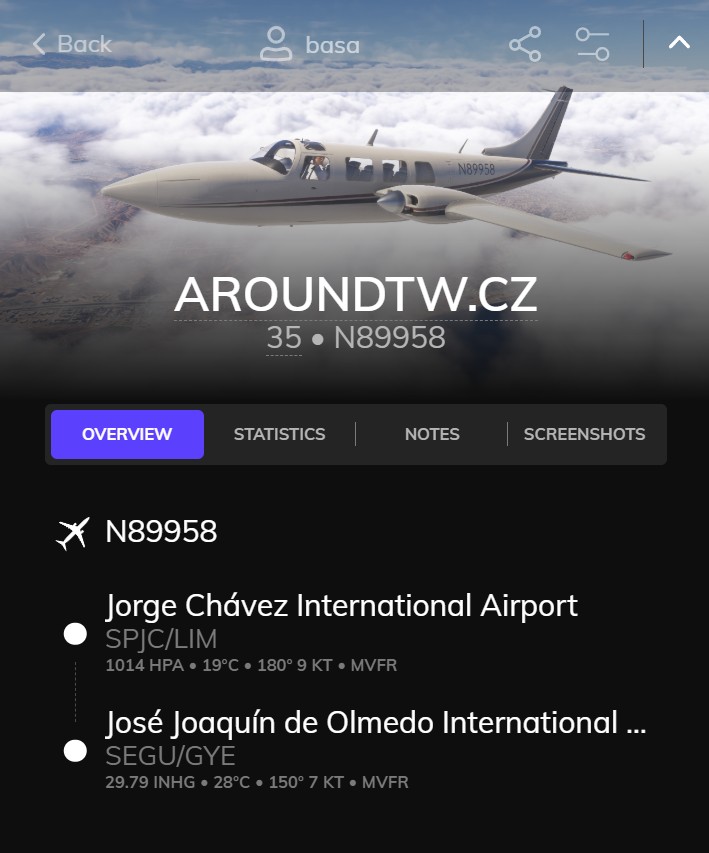
- Distance: 1,313 km
- Total distance: 28,630 km
- Flight time: 3 hours 57 minutes
- Total flight time: 99 hours 9 minutes
